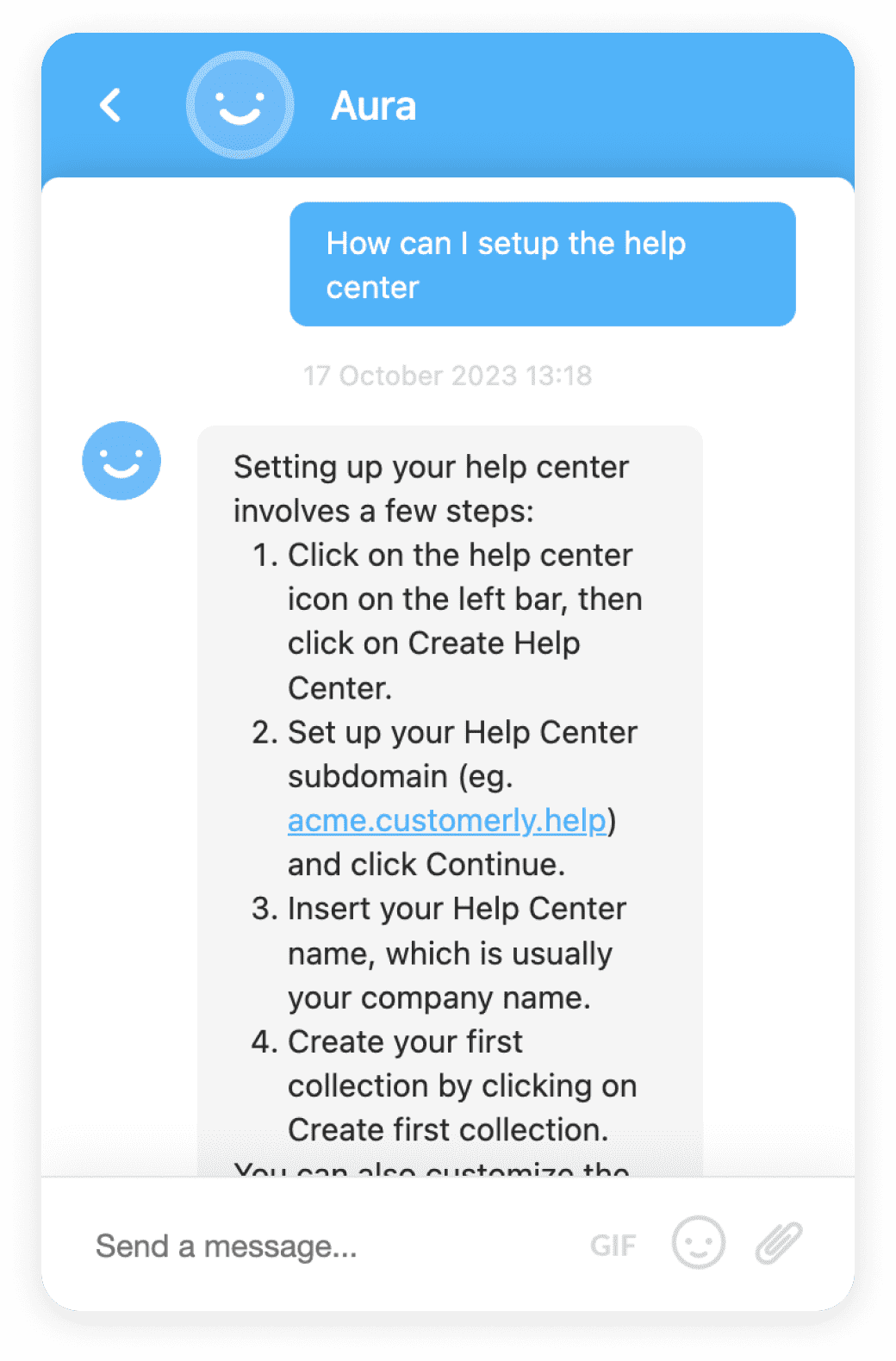301 Redirect
A 301 redirect is a permanent redirect from one URL to another, used to maintain SEO ranking and prevent broken links when a page is moved.
Definition
A 301 redirect is a permanent redirect from one URL to another. The code 301 is HTTP status code that signifies a page has permanently moved to a new location. It is the most efficient and search engine-friendly method for webpage redirection, as it not only redirects users to the new URL, but also transfers the original page's search engine ranking to the new page.
Usage and Context
In the context of SEO, 301 redirects are often used when a webpage has been moved to a new URL, to avoid breaking links and losing existing SEO ranking. They can also be used to consolidate similar pages, or to direct traffic from multiple domains to a single domain.
FAQ
What is the difference between a 301 redirect and a 302 redirect?
A 301 redirect tells search engines that a page has moved permanently, while a 302 redirect indicates a temporary move.
When should I use a 301 redirect?
You should use a 301 redirect whenever you want to permanently move a page to a new URL, such as when you're reorganizing your website or merging similar pages.
Related Software
There are several tools and plugins available that can help you implement 301 redirects, such as the Redirection plugin for WordPress, or the Easy Redirect Manager for Shopify.
Benefits
Using 301 redirects can help maintain your SEO ranking when moving pages, prevent broken links, and improve user experience by ensuring that visitors always reach the correct page.
Conclusion
In conclusion, 301 redirects are an essential tool for effective SEO management. They allow you to reorganize or consolidate your website without losing your existing search engine ranking or breaking existing links.












